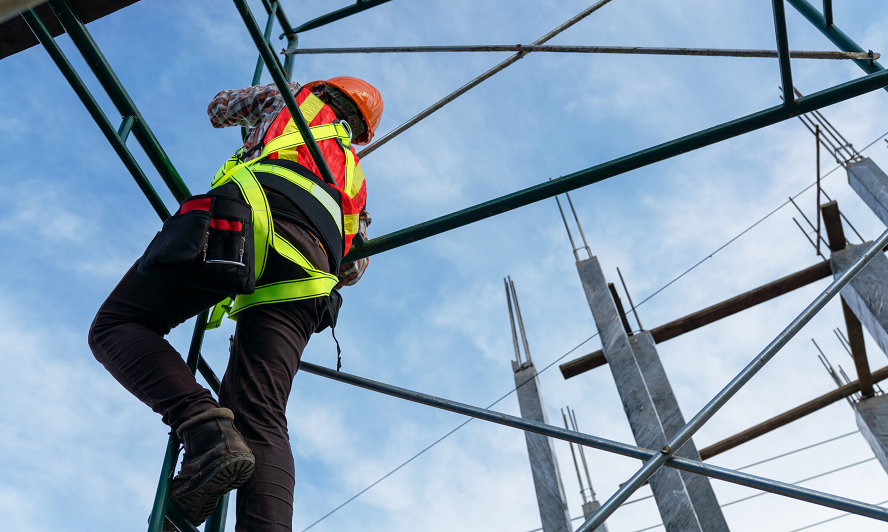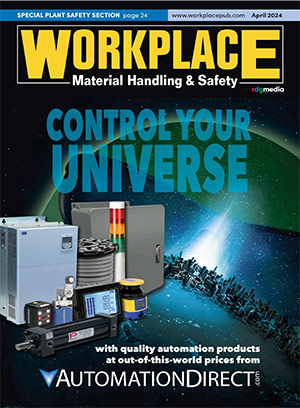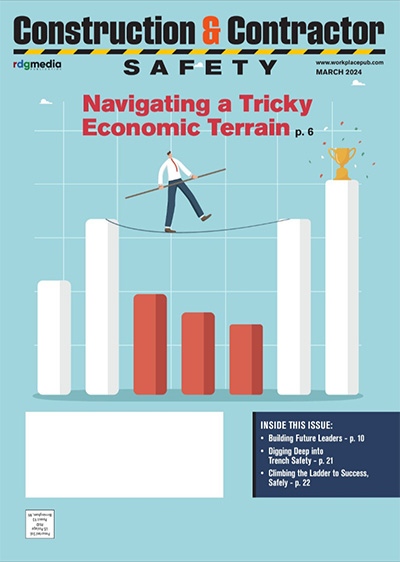Understanding and Avoiding the Dangers of Dropped Objects
Workers Aren’t the Only Thing that Can Fall on a Construction Site
By Rick Pedley, Contributor
Workers at heights wear harnesses and tethers and may even work over nets to ensure they don’t fall. If they do, then it’s not too far of a fall or they fall into something else. With fall protection technology becoming more effective and aimed to be more user-friendly than ever, what may be less obvious is fall protection for tools. It’s not only inconvenient when your tool falls out of your reach, but if it hits someone below – especially a passerby who isn’t wearing PPE – injuries or death could result.
Dropped Object Basics
A dropped object is exactly what it sounds like — any object that falls from a higher height to a lower one. Note that this doesn’t include people, nor is there a limit to the size of the object.
A dropped object can be considered static, meaning that it fell under its own weight, or dynamic, where another force or object acts on it to make it fall. These causes can be anything from the weather to a cluttered workspace to – you guessed it – improper use such as not securing the object to your person with a tether.
Dropped objects are hazardous not only for workers but for anyone and anything around the work site as well. Injuries and fatalities can result not only from the objects themselves falling, but from unexpected trips and falls, attempts to slow or stop a fall, or getting caught in the object’s downward trajectory. Objects below can also get damaged from the impact of the object directly or because of a consequence down the line. Finally, fallen objects may result in decreased productivity for one reason or another.
 Controls to Prevent Dropped Objects
Controls to Prevent Dropped Objects
Luckily, there are ways to prevent or reduce the risk of dropped object hazards. The hierarchy of controls, which you might be familiar with, can be applied to this situation and many other safety systems. If the hazards can’t be eliminated or substituted, your dropped object hazard prevention will probably look something like this (in order of what you should implement first):
- Implement engineering controls to prevent objects from falling, whether passive (toe boards, netting, or barricades) or active (tool connectors, lanyards or tethers, or containers with tops).
- Introduce administrative controls to help change behavior, like training, toolbox talks, and revisiting and communicating policies and procedures.
- Utilize PPE as the last line of defense against a worksite hazard.
Dropped object hazards are a danger to many job sites, but you don’t have to stop your operation completely or get someone seriously hurt. With the right amount of caution, good housekeeping, and the right tools, you can keep your worksite safe from the start of your project to the end.
Rick Pedley is President and CEO, PK Safety (pksafety.com)




